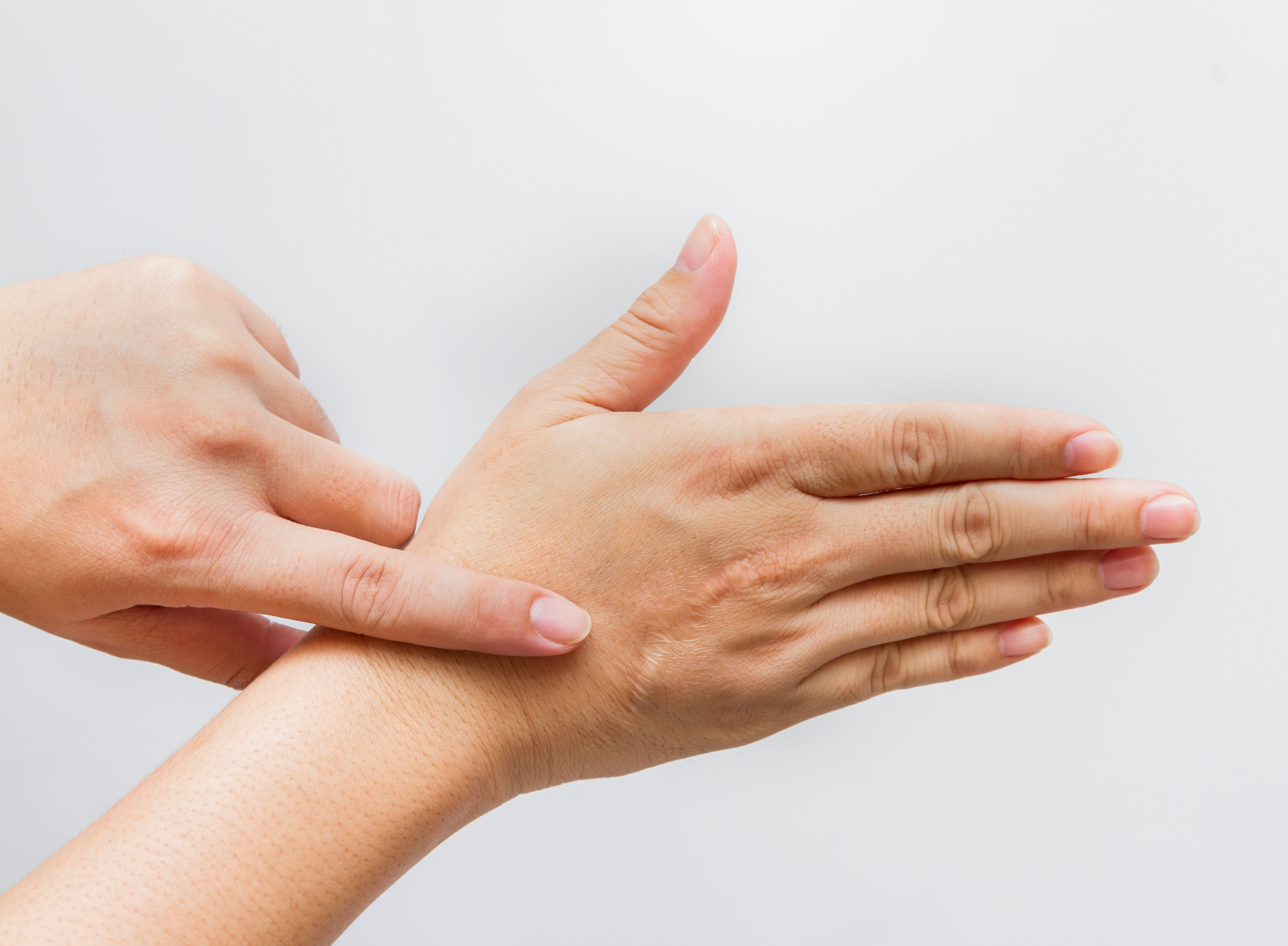The cost of scar treatments depends on many factors, such as the type and size of the scar, the type and number of treatments, the provider and location of the service, and the insurance coverage and reimbursement. Generally, the cost of scar treatments ranges from a few dollars for over-the-counter products to several thousand dollars for surgical procedures. You can consult your doctor or dermatologist for an estimate of the cost and the best option for your situation.
Scars are a natural part of the skin's healing process, but they can also cause cosmetic and functional problems for some people. There are many treatments available for fading and removing scars, depending on their type, size, location, and severity. Some of the most effective options are silicone gel sheets or creams, corticosteroid injections, cryotherapy, laser therapy, surgery, retinoids, chemical peels, microdermabrasion, microneedling, dermal fillers, moisturizers, and topical creams. However, not all treatments are suitable or effective for everyone, and they may also have some risks and complications. Therefore, it is important to consult your doctor or dermatologist before starting any scar treatment and follow their instructions and recommendations carefully. With proper care and treatment, you can improve the appearance and feel of your scars and boost your confidence and well-being.
When it comes to treating scars, the Elastoplast Scar Reducer offers a clinically proven, non-invasive solution. Designed with innovative technology, these transparent patches work to hydrate scar tissue, increase temperature, and activate the skin's natural regeneration process. With consistent use, scars become flatter, lighter, and softer, making the Elastoplast Scar Reducer an essential part of any scar care routine. Whether you're dealing with raised, colored, hypertrophic, or keloid scars, trust Elastoplast to make a visible difference.


